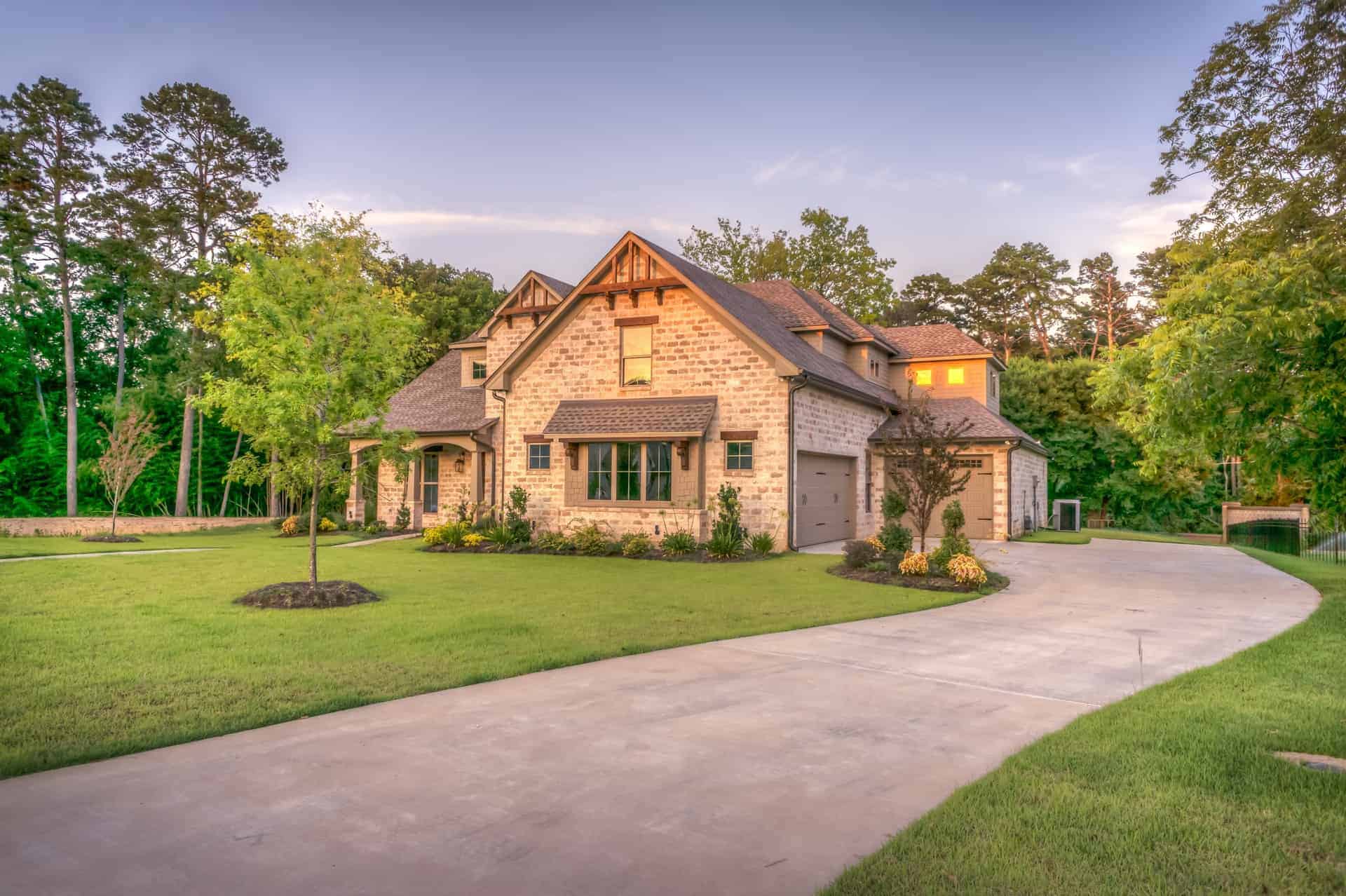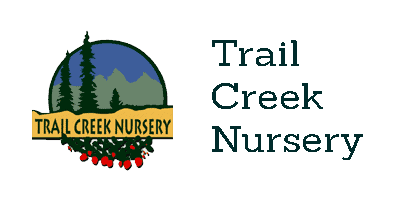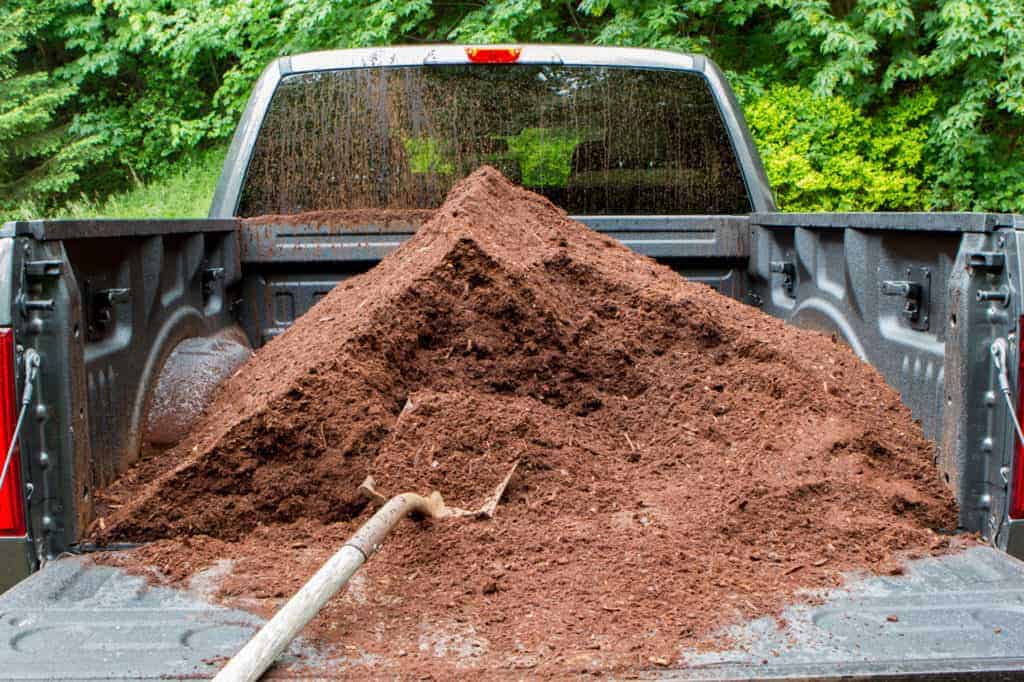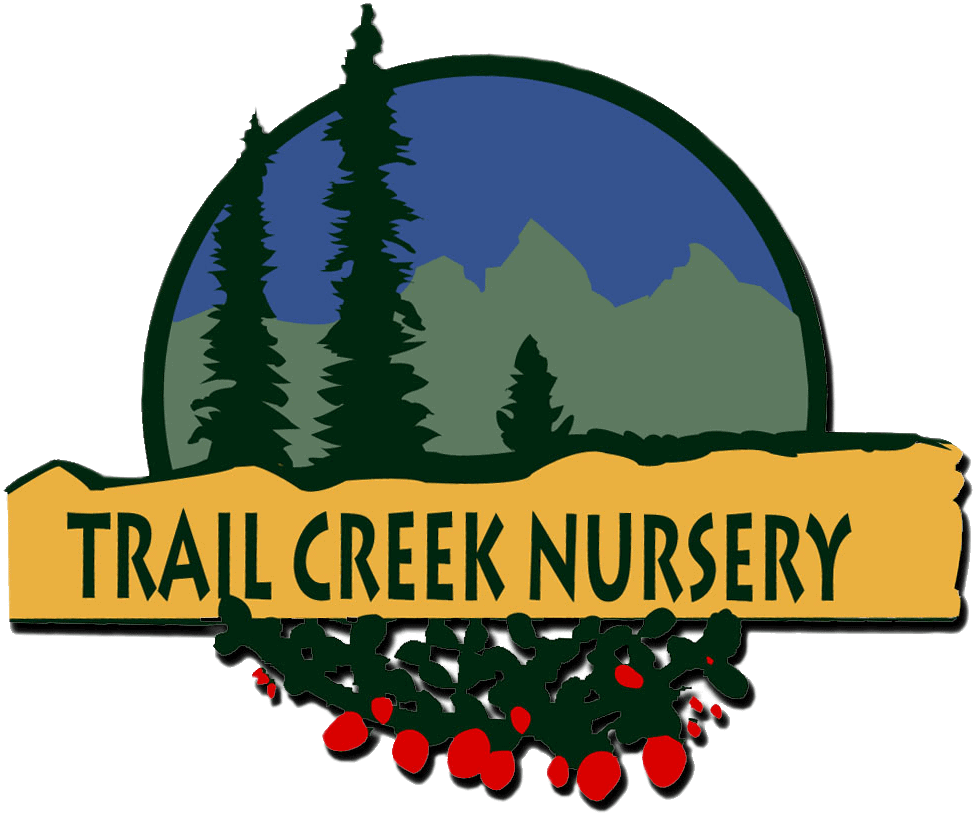The Best Trees & Shrubs For A Privacy Screen

If your garden or yard has neighbors or lacks privacy in general, you may want to put up a privacy screen. But there’s no need to lose any of the beauty of your garden to ugly looking screens; you can use natural screens instead.
Trees and Shrubs make great natural privacy screens, not only providing you with the privacy you need but also adding to the overall garden. But which trees and shrubs do this best? We at The Trail Creek Nursery have put together this short guide for you on The Best Trees & Shrubs To Use As A Privacy Screen.
Arctic Willow
The Arctic Willow, also known as Salix Arctica, takes its name from its ability to survive and even thrive in cold wintery conditions all year round. This makes it ideal for providing coverage and privacy at any time of the year.
While the Arctic Willow is a tree, it’s definitely one of the more smaller trees usually used as a privacy screen. That said, it’s still more than suitable for gardens that don’t need coverage from a certain height.
Despite its size, it also lives a very long life, making it ideal as part of a long term privacy screen: easily surviving decades. This, combined with the ability to grow and thrive in the coldest of conditions, make it an ideal year-round screen.
Chokecherry
Also known as Bitter-Berry or Prunus Virginiana, the Chokecherry is both a small tree AND a shrub. This makes it more suited to protecting and covering smaller gardens, not gardens that need protection at height.
The cherries that grow on Chokecherry trees & shrubs are edible (despite its name!) and also look great. Their ability to grow and spread fast furthermore makes it ideal for protecting and covering gardens – although if left unmaintained it can intrude in other parts of the garden.
Colorado Spruce
Colorado Spruce, also known as Colorado Blue Spruce or Picea Pungens, is a member of the pine family. In the wild, the Colorado Spruce can grow to up to 75 feet tall, and between 30 to 60 feet in parks and gardens.
Its height, combined with its width (15-20 feet) makes it ideal coverage for even the most extensive gardens. They’re also tall enough to windbreak when grown or placed in a row. Their tidy appearance forms a tremendous looking border around any garden.
Besides, they’re well adapted to both surviving & thriving in wintery and cold conditions, providing year-long coverage.
Lilac
Much like other’s listed, Lilac (or Syringa Vulgaris) is considered both a large shrub and a small tree. That said, they’re best suited to providing coverage for smaller gardens that don’t need protection at height.
Lilac grows and spreads steadily, making it an excellent choice for covering gardens. However, their flowers which bloom a lovely purple (hence Lilac) will only continue to show if well maintained and pruned.
Whether maintained or not, Lilac is still an excellent choice for garden coverage. For those looking for coverage that also looks amazing, Lilac is an option – just one that requires more work.
Serviceberry
Also known as Shadbush or Amelanchier, the Serviceberry is a lot like the Chokeberry as it’s also considered both a small tree AND a shrub. This is because they grow and flower differently, depending on both where they’re planted and the environment they are located.
While some trees or shrubs falter as a privacy screen in the winter, the Serviceberry stays in bloom all year round – providing different flowers and fruits depending on the time of year.
Despite being small compared to most trees, the Serviceberry still makes for a suitable privacy screen for smaller gardens that don’t need high protection or privacy.
While Serviceberry makes an ideal privacy screen, it can quickly expand when left unchecked and not maintained.
Siberian Pea Shrub
The Siberian Pea Shrub is a shrub that is well suited to thrive in cold, wintery conditions all year round. That in itself makes it an excellent option for protecting smaller gardens throughout the year.
It’s also fast-growing, which makes it great for covering and protecting gardens quickly – however, if left unchecked it can intrude on the rest of your garden. Of course, being a shrub, it’s not very tall, making it much more suited to protecting smaller gardens that don’t require high coverage.
We hope you’ve found this guide useful – as you can see you’re spoilt for choice for when it comes to finding suitable trees & shrubs to form privacy screens. And best yet, you don’t have to sacrifice beauty for security as all of the trees & shrubs listed would enhance and add to even the most Eden-like garden!


 Landscaping is hard work, and we at Trail Creek Nursery we understand that more than most! Whether you’re scaping a small back garden or a larger garden plot, it can take a lot of time, a lot of energy and money. The last thing you want, therefore, is your plants and flowers dying too soon, or never really being able to grow at all. Having to redo a lot of that work, not to mention funding it, will be a nightmare and something you should do all you can to avoid.
Landscaping is hard work, and we at Trail Creek Nursery we understand that more than most! Whether you’re scaping a small back garden or a larger garden plot, it can take a lot of time, a lot of energy and money. The last thing you want, therefore, is your plants and flowers dying too soon, or never really being able to grow at all. Having to redo a lot of that work, not to mention funding it, will be a nightmare and something you should do all you can to avoid.